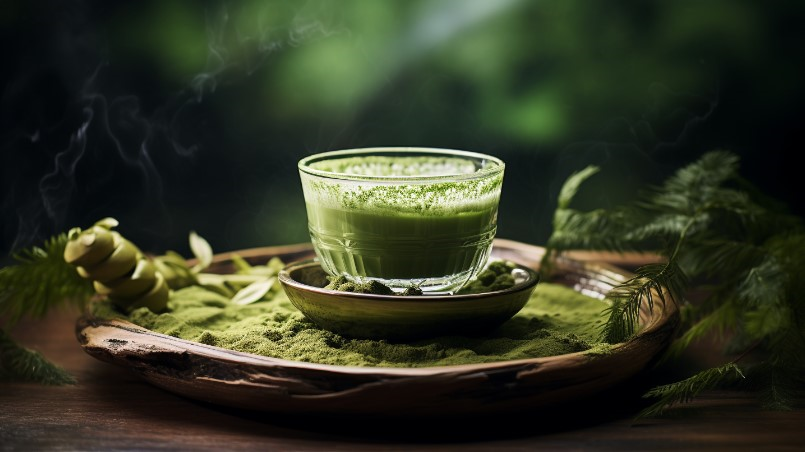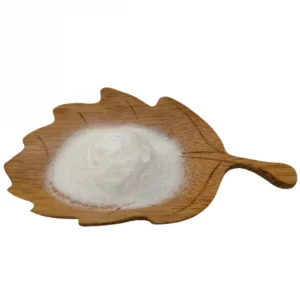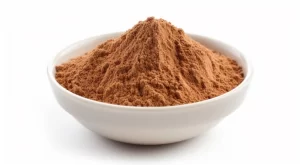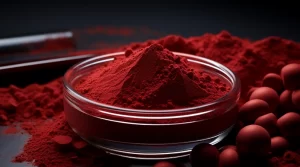말차 가루로

말차
중국에서는 말차 문화가 대중화되지 않았지만, 일본에서는 당나라와 송나라 때부터 말차 문화가 발전해 왔습니다. 오랫동안 "세계 말차는 일본에 있다"는 말이 있었지만 말차는 중국에서 시작되었습니다.
말차 는 중국에서 시작되어 당나라에서 발전했으며 송나라에서 절정에 달했습니다. 당나라 초기에 사람들은 김이 나는 녹차(덖음차)를 발명하고 차의 색과 맛을 평가하는 방법도 공식화했습니다. 오늘날 유명한 일본 다도와 일본 말차는 당나라 사신을 통해 중국에서 배운 후 일본으로 전해졌습니다. 금세기 초, 일본을 여행하는 중국 학자들이 말차를 조국으로 가져왔습니다.
그리고 다음을 포함하는 레시피 말차 차는 오늘날 트렌드가 되었습니다. 하지만 말차는 무엇으로 만들어졌을까요? 이 쓴 녹색 가루는 무엇일까요? 인체 건강에 어떤 이점이 있을까요?
무엇 말차
말차는 봄차의 어린 잎을 찌고, 보존을 위해 다식(공차)을 만들고, 먹기 전에 다시 불에 굽고 말린 다음 맷돌로 가루로 갈아서 만듭니다. 말차는 원료에 대한 품질 요구 사항이 높아 아미노산, 단백질, 엽록소 함량이 높고 일반 녹차 분말보다 품질이 높은 차를 사용해야 하며 여러 분야에서 널리 사용되고 있습니다.
의 기술 말차
차를 덮은 후 말린 잎은 업계에서 "롤링 티"라고 부르는 말차의 원료입니다. 롤링 티는 이미 차의 초기 제품이며 이후의 분쇄 과정은 깊은 가공입니다.
따라서 말차의 두 가지 주요 가공 공정은 분쇄와 분쇄입니다.
건강상의 이점 말차
차를 덮은 후 말린 잎은 업계에서 "롤링 티"라고 부르는 말차의 원료입니다. 롤링 티는 이미 차의 초기 제품이며 이후의 분쇄 과정은 깊은 가공입니다.
따라서 말차의 두 가지 주요 가공 공정은 분쇄와 분쇄입니다.
인지력과 집중력 향상
말차 에는 뇌의 세로토닌과 도파민 생성을 증가시켜 기억력과 집중력을 향상시키는 데 도움이 되는 아미노산인 L-테아닌이 다량 함유되어 있습니다.
다량의 항산화제 제공
말차는 항산화제, 특히 활성산소의 유해한 영향에 대항하여 세포와 조직을 손상으로부터 보호하는 데 도움이 되는 카테킨(EGCG)의 좋은 공급원입니다. 또한 염증을 낮추는 데 도움이 되는 것으로 밝혀졌습니다.
진정제
말차에 함유된 L-테아닌은 뇌의 알파파 생성을 촉진하여 정신적 이완을 촉진하고 스트레스 수준을 낮추는 데 도움이 됩니다.
에너지 수준과 지구력 향상
말차에는 건강에 좋은 카페인이 함유되어 있어 부작용 없이 에너지 수준과 지구력을 높이는 데 도움이 됩니다.
몸 해독하기
말차에는 중금속과 독성 화학물질을 몸 밖으로 배출하는 데 도움이 되는 엽록소가 풍부하게 함유되어 있습니다.
체중 감량에 도움
말차는 신진대사율을 높여 신체가 지방을 더 효율적으로 연소할 수 있도록 도와줍니다. 말차를 마신 직후 운동을 하면 지방 연소율을 25%까지 높일 수 있습니다.
면역 체계 강화
말차에는 항산화제와 테아닌이 풍부할 뿐만 아니라 소량의 비타민과 미네랄도 함유되어 있습니다. 전반적으로 말차는 면역 체계를 강화하고 박테리아 감염과 바이러스로부터 신체를 보호하는 데 도움이 될 수 있습니다.
눈 보호
말차의 카테킨은 눈의 여러 부위에 흡수되어 녹내장 및 기타 안과 질환의 위험을 줄일 수 있습니다.
말차 식별
1. 색상: 말차의 색상이 순수할수록 초록색일수록 등급이 높고, 노란색과 녹색일수록 등급이 낮습니다.
2. 미세도: 일반적으로 미세할수록 좋으며, 1000 메시 이상일수록 좋습니다.
3. 향: 말차의 등급이 높을수록 향이 더 향긋하고 우아하며 불순물이 없습니다.
4. 맛: 말차의 등급이 높을수록 맛이 더 상쾌합니다.
말차 애플리케이션의 특징
1단계: 강수량
말차는 추출물이 아닌 물리적으로 분쇄한 것이므로 물에 녹지 않고 수용액에 부유 상태로 존재합니다. 일정 시간이 지나면(1분 후) 일부 말차는 필연적으로 바닥에 가라앉게 됩니다. 일반적으로 말차의 침전을 줄이기 위해 증점제 및 유화제와 같은 식품 첨가물을 첨가해야 합니다.
2단계 페이드
차 음식 (특히 구운 음식)을 만드는 과정에서 차 음식은 고온 다습한 환경에서 원래의 녹색, 짙은 녹색에서 점차 황록색으로 변하기 쉬운데, 이는 말차가 산화되기 매우 쉽기 때문입니다. 말차의 색은 베이킹 온도를 낮춰서 최대한 유지할 수 있으며 비타민과 항산화제를 첨가하여 색을 보호할 수도 있습니다. 따라서 말차로 구운 제품은 밀폐되고 건조한 환경에 보관해야 합니다.
말차 제조업체 / 말차 제조업체 / 말차 공급 업체 / 말차 공급 업체 / 말차 공장:
www.backvita.com
이메일: [email protected]
전화 +86 (029) 8187 2325



